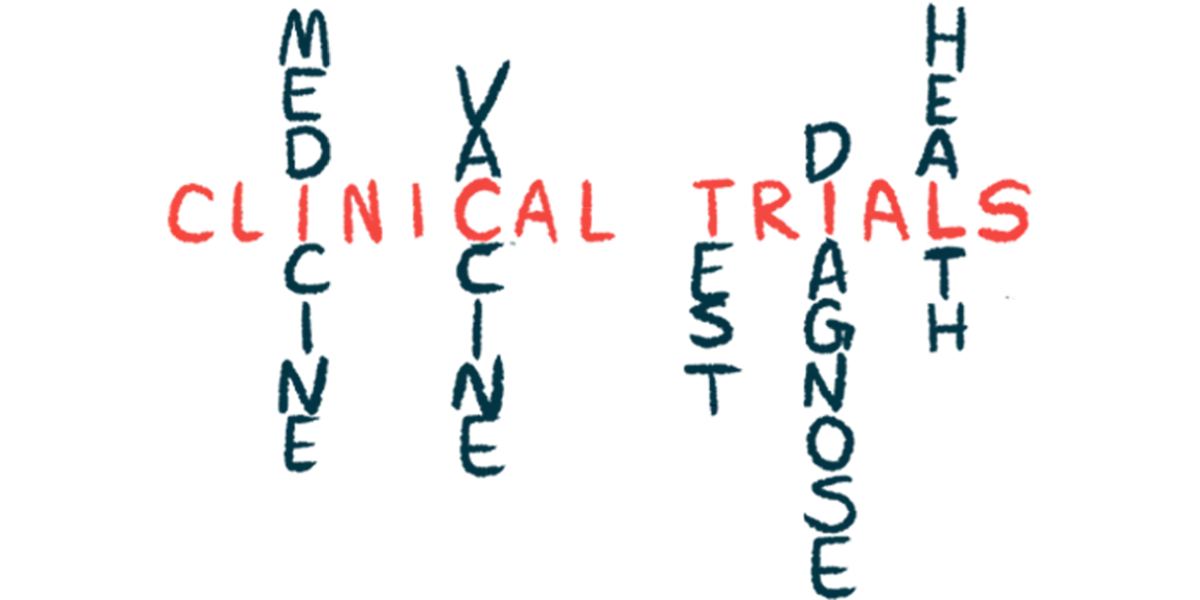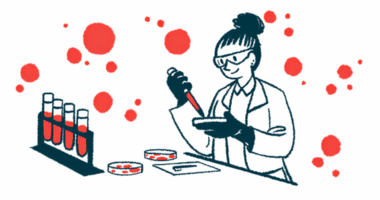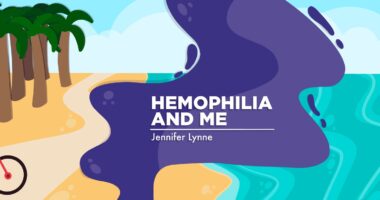Ixinity safe, effective in young children with hemophilia B: Trial
Phase 3/4 data support Ixinity to prevent, control bleeds in youngest patients

Ixinity (trenonacog alfa) can effectively prevent and control bleeds in young children with severe or moderately severe hemophilia B, according to data from a Phase 3/4 clinical trial.
“This study showed that [Ixinity] was safe and effective as prophylaxis and for controlling bleeds in previously treated persons with hemophilia [younger than] 12 years,” researchers wrote.
Results from the trial formed the basis for the U.S. Food and Drug Administration’s decision last year to expand the approval of Ixinity to children younger than 12. The therapy had previously been approved only for patients 12 and older.
Findings from the trial have now been reported in the study “Trenonacog alfa safety, efficacy, and pharmacokinetics in previously treated pediatric hemophilia B,” which was published in Research and Practice in Thrombosis and Haemostasis. The work was funded by Medexus Pharmaceuticals, the company that markets Ixinity.
Hemophilia B is characterized by abnormally low activity of a clotting protein called factor IX (FIX). This protein deficiency makes patients prone to unusually easy and prolonged bleeding.
Ixinity delivers functional lab-made version of FIX
Ixinity is a replacement therapy that works to deliver a functional lab-made version of FIX into the body. The therapy is given by an infusion into the bloodstream, and it’s approved for use as an on-demand treatment to control bleeds and as a prophylactic (preventive) therapy to reduce the risk of bleeding.
The Phase 3/4 clinical trial (NCT03855280) tested Ixinity in 21 children younger than 12 who had previously been on other therapies. Among the participants, 13 had severe hemophilia B (FIX activity levels lower than 1% of normal), and the other eight had moderately severe disease (FIX activity levels of at least 1% of normal, but lower than 2% of normal).
Participants were first given a single infusion of Ixinity (75 international units per kilogram of body weight, IU/kg) to monitor the therapy’s pharmacological properties. This revealed that maximum concentrations of Ixinity in the bloodstream were reached within about half an hour of the infusion. The therapy’s levels in the bloodstream dropped to half after a mean of 16.3 hours, generally supporting the therapy’s currently-approved twice-weekly dosing regimen.
The children then received prophylactic treatment with Ixinity (ideally within the recommended dose range of 35-75 IU/kg, twice weekly). All but two were exposed to the therapy for at least 50 days (total treatment duration of about six months). One child withdrew from the study early by choice, and another left early after experiencing a non-serious allergic reaction.
Over the course of prophylactic treatment, the median annual bleeding rate was 0.86. In other words, statistically, most patients were experiencing fewer than one bleed each year. A third of the participants (33.3%) were completely free from bleeds over the course of the study, and nearly two-thirds (61.9%) were free from spontaneous bleeds. The highest reported annual bleeding rate while on Ixinity prophylaxis was 18.7 bleeds per year.
Efficacy of Ixinity for controlling bleeds was rated as good or excellent
When patients did experience bleeds, they could receive on-demand treatment with Ixinity. A total of 52 bleeds were reported in the trial. Roughly one in five bleeds did not require on-demand treatment, and the remaining bleeding episodes all were managed with one or two infusions of Ixinity. In all cases, the efficacy of Ixinity for controlling bleeds was rated as good or excellent by participants.
Ixinity was well tolerated during the study. The only reported side effect deemed to be related to the medication was an allergic reaction that occurred in one patient and was not considered serious. Some patients tested positive for antibodies targeting FIX, but in all cases the antibodies did not interfere with treatment efficacy.
“Results from this study indicated that the efficacy and safety of [Ixinity] for prophylaxis in previously treated pediatric participants [younger than] 12 years were comparable with those reported previously for adults and adolescents,” the researchers wrote.
No clinically important differences were reported between children younger than 6 and older patients, they noted.
“[Ixinity] was also effective for managing bleeding episodes in these participants and had a safety profile comparable with that reported for older participants,” the researchers wrote. “These results support the suitability of [Ixinity] as a suitable option for prophylaxis and managing bleeding episodes in pediatric persons with hemophilia B.”







